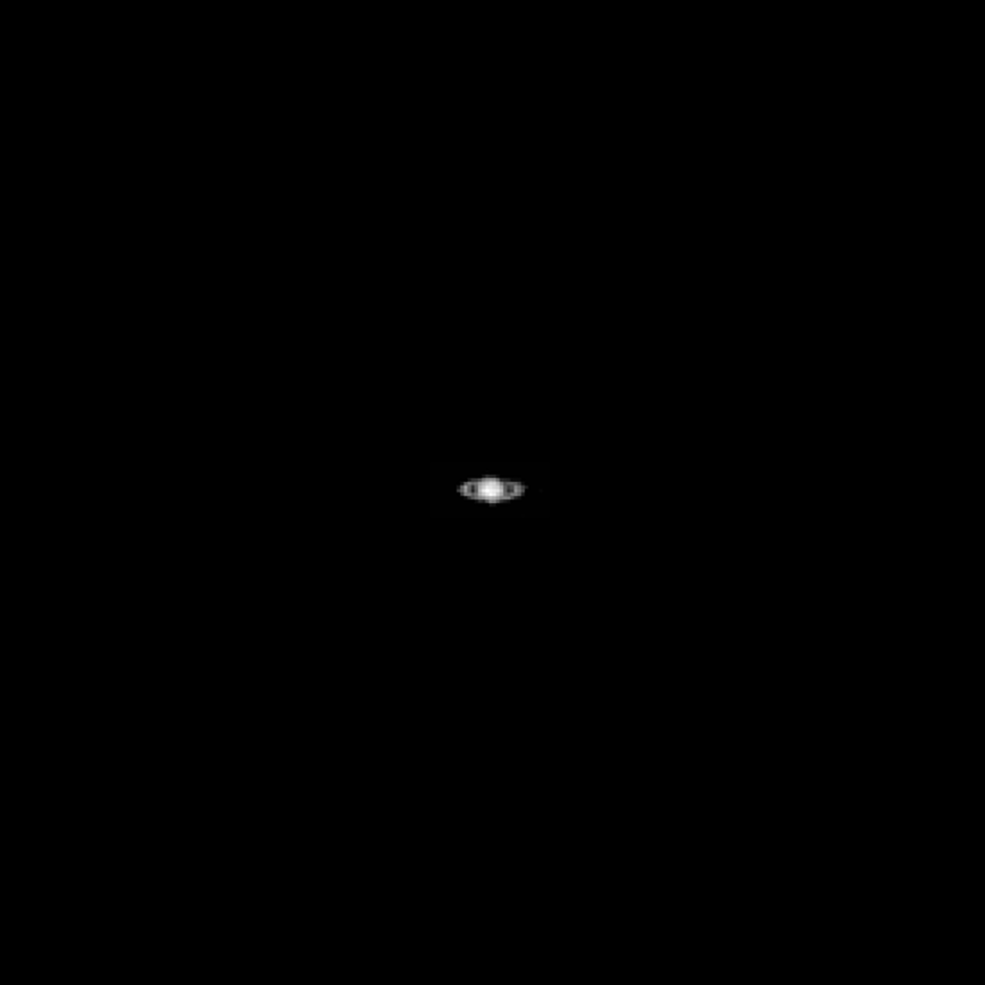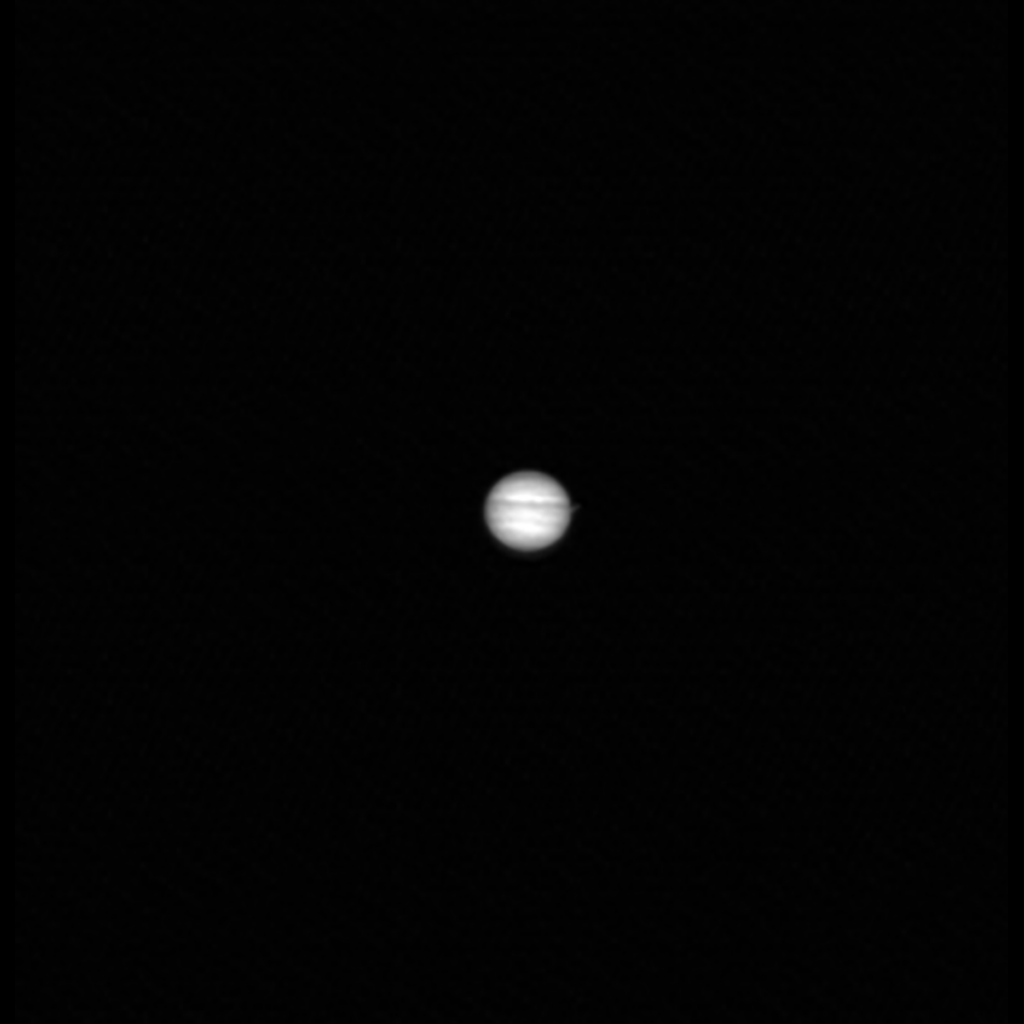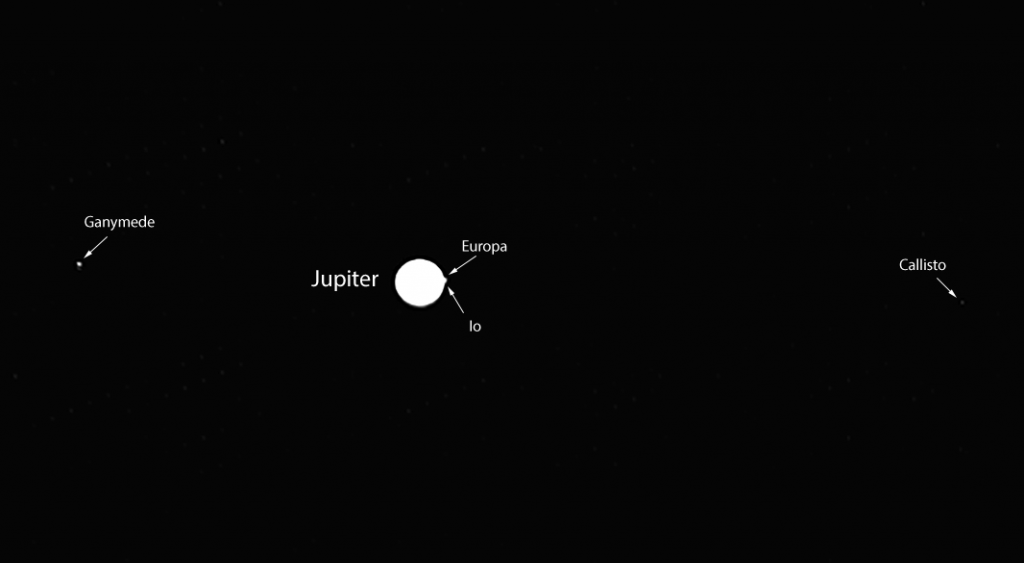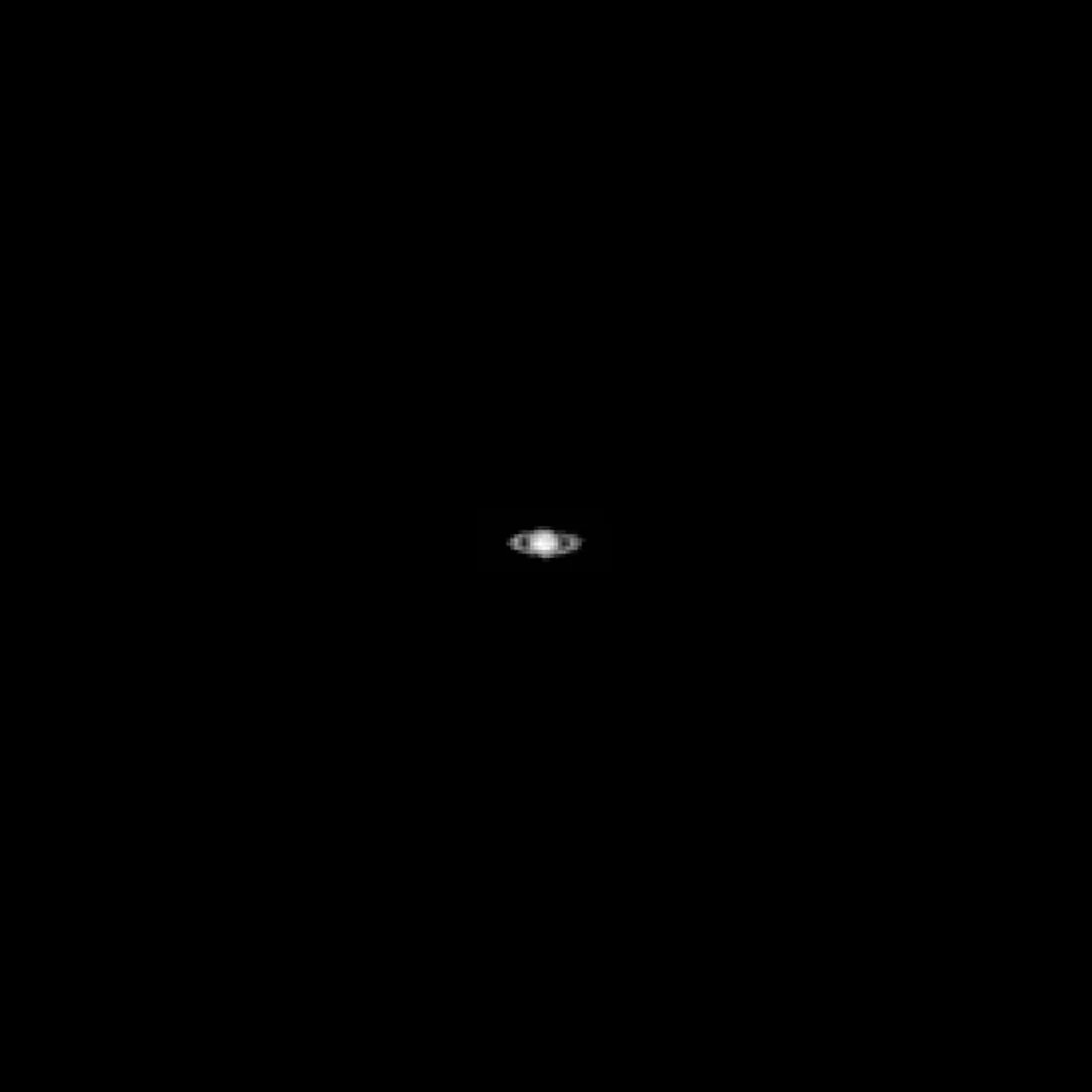Cameras can be finicky – especially ones primarily used for astronomy. When used for a purpose other than their intended one, sometimes they result in horribly muddled or blurry images. However, sometimes an image works out just right and provides a whole new perspective on a familiar scene. That’s what happened recently when the Lunar Reconnaissance Orbiter (LRO) turned one of its cameras toward one of astronomy’s favorite places – Saturn.
The image itself almost looks like someone took it from their backyard, with one important distinction. The rings in front of the planet appear slightly below its equator from its angle. That angle itself was just one component of the impressive effort that went into making this image.

Credit – NASA/GSFC/Arizona State University
LRO was floating about 90 kilometers (56 miles) above Lacus Veris (“Lake of Spring”) on October 13th, 2021. While that seems pretty standard for a lunar orbiter, it was also moving along at the impressive clip of 1.6 km (1 mile) per second. That absurdly quick speed is ideal for mapping large parts of the moon’s surface. But it dramatically increases the difficulty of taking an image of anything but that.
Saturn is obviously much farther away, so to capture an image of it, scientists on the LRO team used a technique called “slewing,” which is when a camera rotates to observe different parts of the sky. In this case, the LRO team pointed the Lunar Reconnaissance Orbiter Camera’s Narrow-Angle Cameras at one side of Saturn. It then slewed to the other side while taking into account the spacecraft’s motion itself.

Credit – NASA/GSFC/Arizona State University
Optimizing this slewing process enough to ensure the image wasn’t blurred out of recognition required precise timing by both the operators and the cameras themselves. This resulted in a 3.82 millisecond exposure time, during which the probe still managed to travel more than 6 meters.
However, Saturn is not the first planet LRO has turned its attention to. In September, LRO’s team released an image it took of Jupiter, with some of its accompanying moons. The largest planet in the solar system is much brighter and closer than Saturn, so the resulting image had a higher resolution, allowing astronomers to see the individual moons and the planet.

Credit – NASA/GSFC/Arizona State University
It’s not clear if LRO will be capable of taking images of any other planets, such it has already proved its with many times over with its lunar explorations. At this point, any more technically challenging images that might result from its handlers’ efforts are just icing on the cake.
Learn More:
NASA – NASA’s Lunar Reconnaissance Orbiter Images Saturn
Space.com – NASA spacecraft at the moon snaps photo of Saturn from lunar orbit
Tech Times – NASA’s Lunar Reconnaissance Orbiter Snaps a Photo of Saturn
Hot Hardware – Check Out Saturn’s Amazing Rings Caught On Camera By NASA’s Lunar Reconnaissance Orbiter
Lead Image:
Saturn as captured by LRO.
Credit – NASA/GSFC/Arizona State University

